
Raw Cacao is Nature’s SuperFood Stimulant
Cacao, otherwise known as chocolate is one of the most sought after foods in modern society. This ancient food source has been used in many cultures and has been revered for its outstanding taste and surprising health benefits. Unfortunately, most industrialized countries have highly processed chocolate. This is then combined with a number of toxic ingredients in order to boost shelf-life and make it into a decadent treat. Discover the amazing taste and health benefits of pure chocolate.
The average American consumes 11lbs of chocolate each year (1). Most of this is in the form of highly processed candy bars, ice cream, pastries, etc. These products are loaded with trans-fatty acids, pasteurized dairy, sugar, artificial flavorings & preservatives that are highly toxic for human consumption.
The Health Benefits of Pure Chocolate:
Pure chocolate comes from the seeds of the Theobroma cacao plant. This plant grows naturally in South America, regions of Africa and the West Indies. This tree was cultivated in Mexico, Central and South America for many years before the discovery of America. Cacao products were a form of currency in the land during these times.
The cacao bean is the seed of the fruit and is often thought of as a culinary nut. Cacao is a superfood that is rich in antioxidant phytonutrients. Using raw cacao in the form of powder, bars, nips, etc. is a fantastically healthy approach. When cacao seeds are roasted they lose some of their nutrients and this processed form is called cocoa.
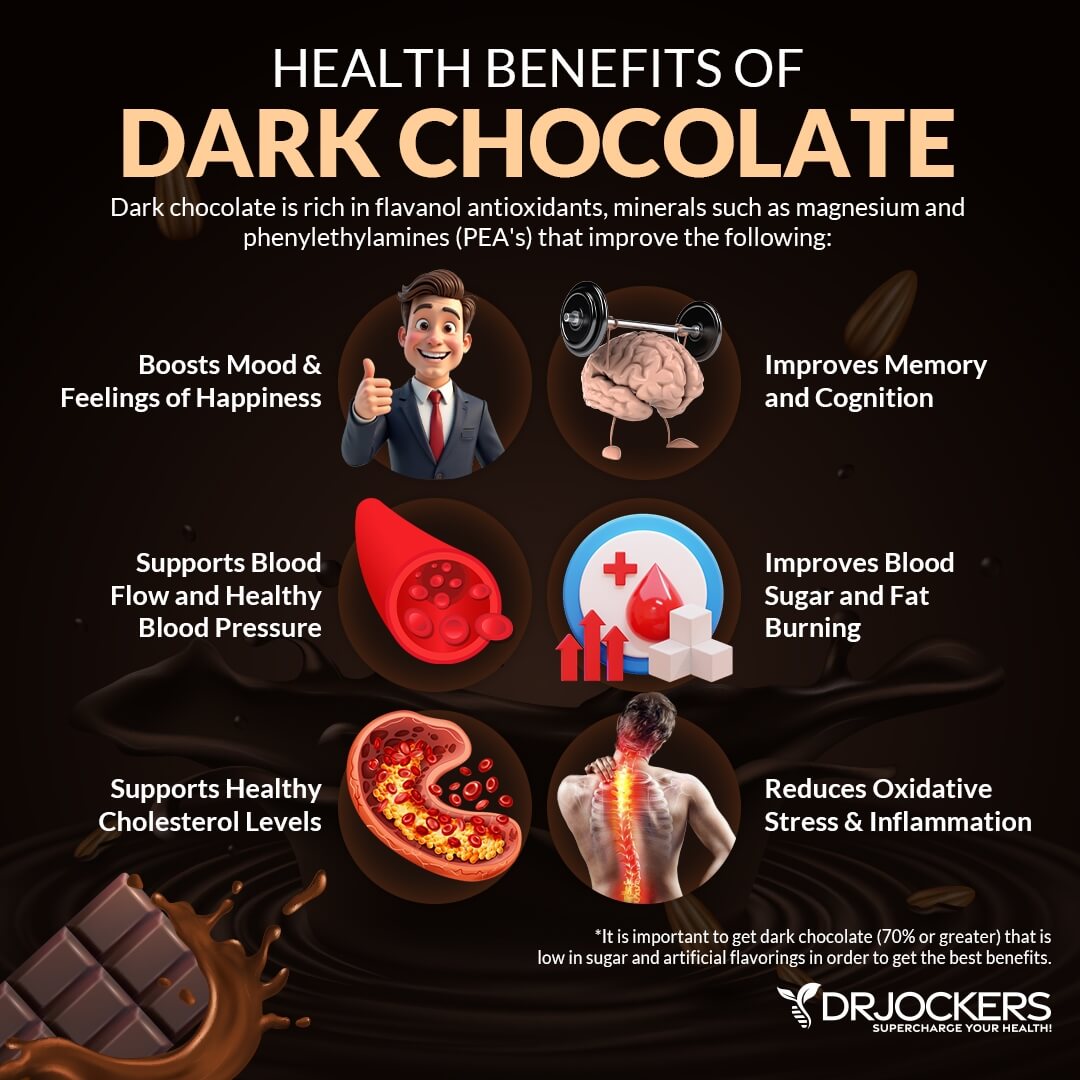
Cacao is Rich in Antioxidants:
Cacao and cocoa are both high in flavonoid polyphenols such as epicatechin which have powerful antioxidant effects (2). The less processed the cacao is the more bioavailable the flavonoids are. Cooking and processing destroy the valuable antioxidants in the chocolate. The addition of milk (milk chocolate) inhibits the polyphenol absorption (3).
Cacao/Cocoa also contains theobromine, which is a bitter alkaloid that is similar to caffeine. Theobromine has powerful vasodilating effects and has been used in the treatment of swelling and edema (fluid collection in the body). Theobromine is also used as a diuretic and a natural cardiovascular stimulant that enhances oxygen flow to various regions of the body (4). This improved blood flow also stimulates cognitive function and improves memory. Theobromine also helps stimulate production of the healthy HDL cholesterol (5).
Cacao Improves Blood Flow:
The vasodilating effects of cacao/cocoa through theobromine help to relax smooth muscles and has been known to have a particularly good effect at reducing asthmatic symptoms. It has also been shown to powerfully lower blood pressure (6).
A study published in April 2007 in the Archives of Internal Medicine showed that cocoa was more effective at lowering blood pressure than green and black tea. Both of these teas contain similar polyphenolic flavonoid antioxidants (7).
Although theobromine and caffeine are very similar alkaloids, it is not addictive like caffeine and coffee (8). It has a lesser impact on the central nervous system than caffeine. Theobromine does stimulate cardiovascular function to a greater degree than caffeine.
Although it is not considered physiologically addictive like caffeine, it does play a role in the “addiction” to chocolate (8). Most researchers credit the majority of American society’s fondness of chocolate to the sugar and artificial flavorings that usually comes with it.
The Kuna Indians and Cacao:
The Kuna Indian populations living on the islands off the coast of Panama are one of the heaviest cacao/cocoa consuming cultures in the world. Researchers from Harvard Medical School studied this culture to see what effects their consumption of cacao/cocoa would have on their disease rates.
They were found to have significantly lowering rates of heart disease and cancer in comparison to the group living on mainland who consume significantly less cacao/cocoa. The risk of death from heart disease and cancer on mainland Panama was 1280% and 630% higher respectively than on the islands (9, 10, 11, 12).
Here is a great raw cacao powder and a great sugar-free chocolate chip and a lower sugar dark-chocolate bar. We also have many recipes on our site including this chocolate fudge that you will LOVE!
Peru and Cacao
Most chocolate is grown over on the west coast of Africa. But small batches of chocolate also come from the jungles of Peru. And the difference is incredible.
Peruvian cacao is not only sweet like regular milk chocolate… It’s also one of the healthiest and highest antioxidant foods on the planet. Which is what gives us this unique Peruvian chocolate that not only tastes delicious, but can also promote healthy blood sugar levels, reduce free radicals and fight inflammation.
I love the Cacao Bliss product because it combines organic Peruvian cacao with turmeric, cinnamon and MCT oil for an incredible blend that helps support fat burning, brain health and all day energy levels. It is great to be able to get these superfood ingredients together in a great tasting powder you can use in smoothies, brownies and so much more!
Try Cacao Bliss… a smooth, rich superfood elixir blend you can indulge in everyday, guilt-free.
Inflammation Crushing Ebundle
The Inflammation Crushing Ebundle is designed to help you improve your brain, liver, immune system and discover the healing strategies, foods and recipes to burn fat, reduce inflammation and thrive in life!
As a doctor of natural medicine, I have spent the past 20 years studying the best healing strategies and worked with hundreds of coaching clients, helping them overcome chronic health conditions and optimize their overall health.
In our Inflammation Crushing Ebundle, I have put together my very best strategies to reduce inflammation and optimize your healing potential. Take a look at what you will get inside these valuable guides below!
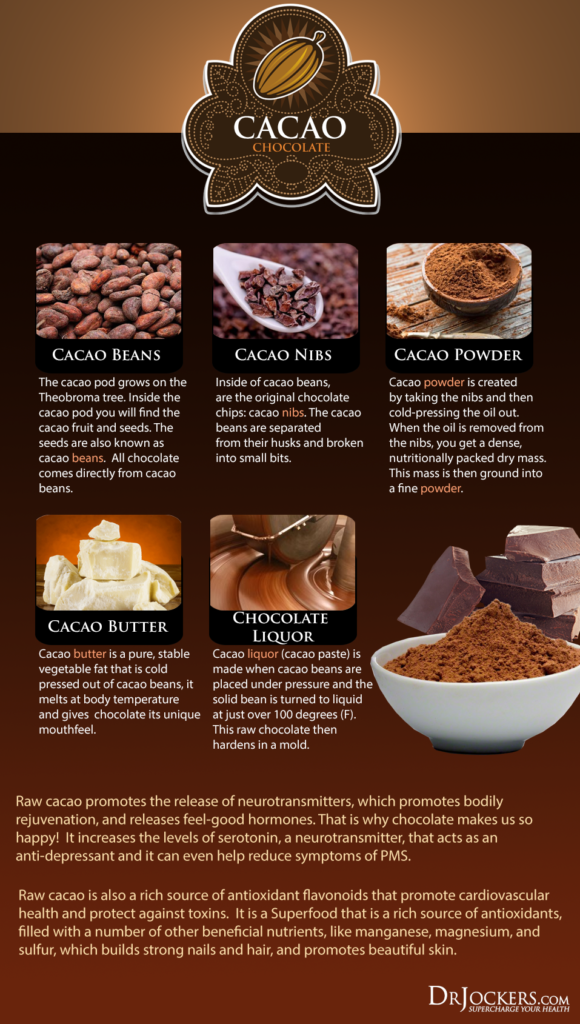
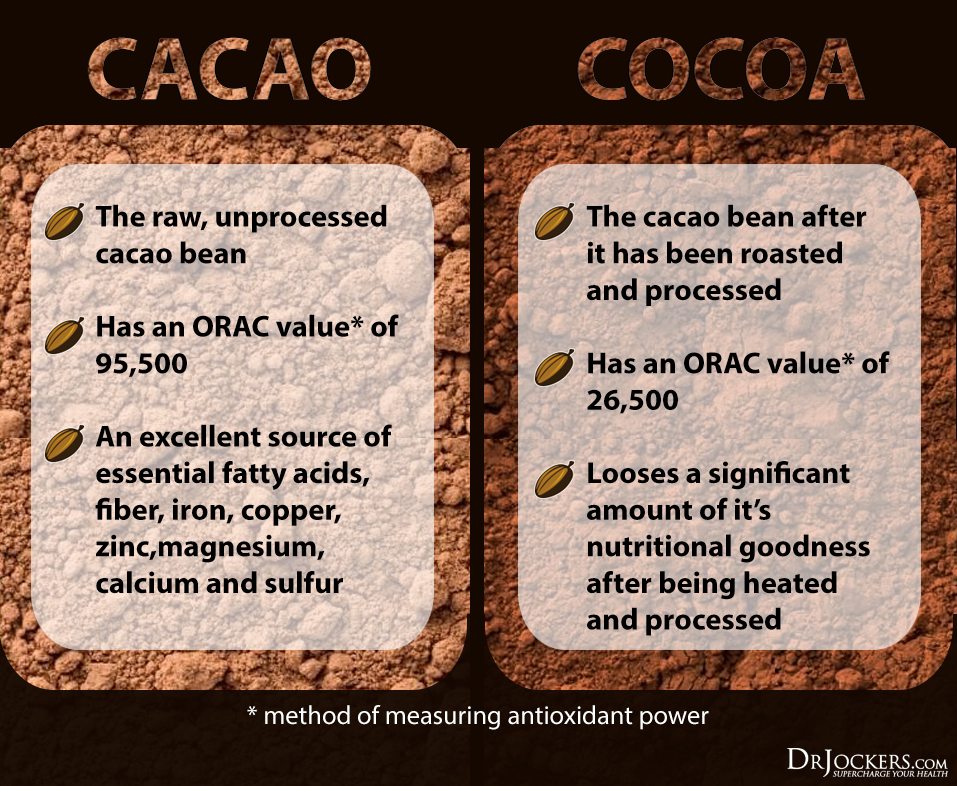
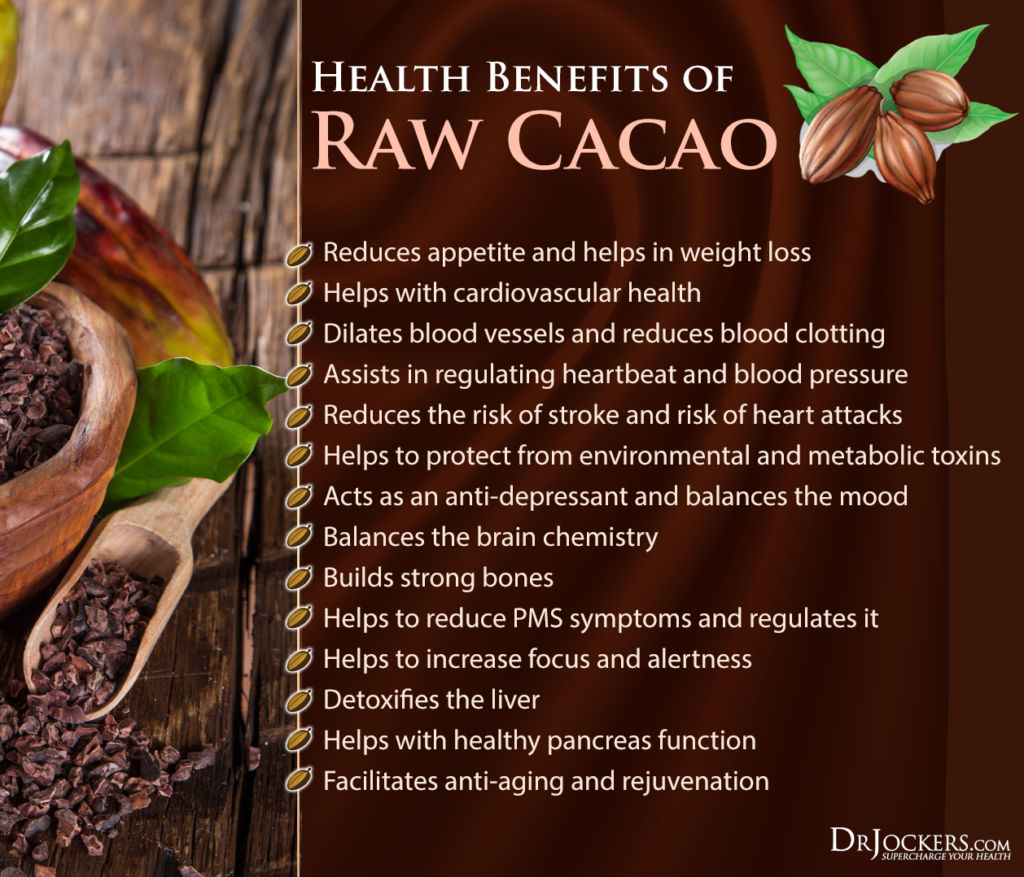
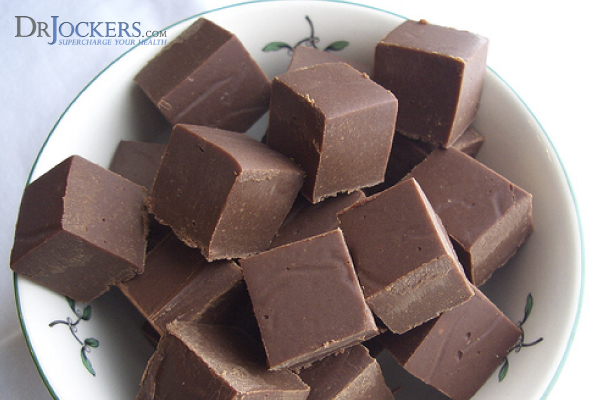
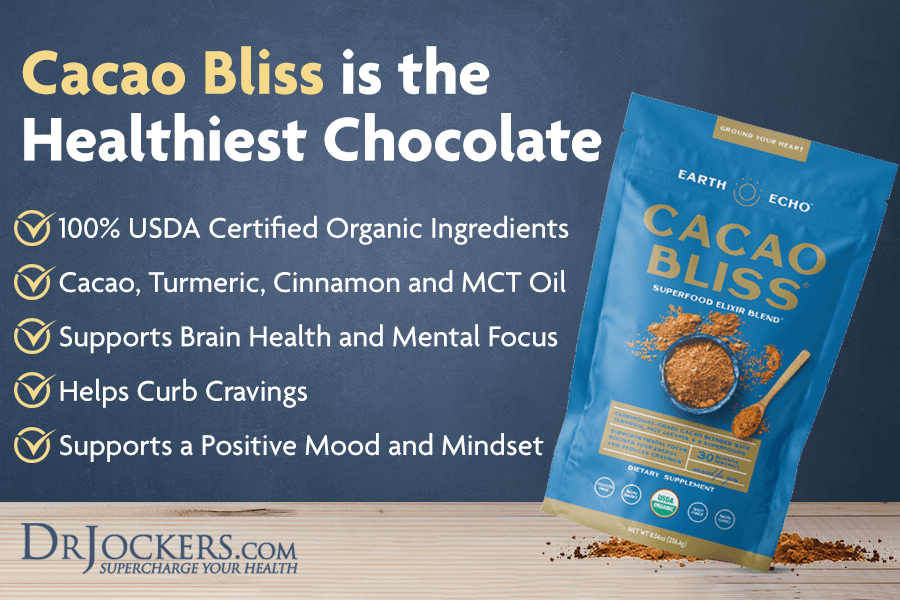

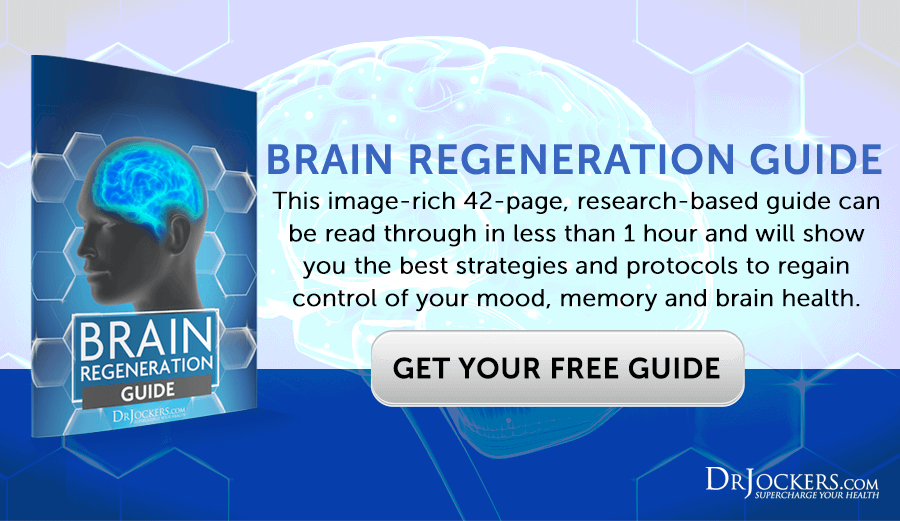


Wow I quite surprise to read about cocoa being a help to lowering blood pressure over teas. This is a good additional information for me.
The chocolate bars sound awesome, except for the cane sugar. Wish it was stevia or xylitol.